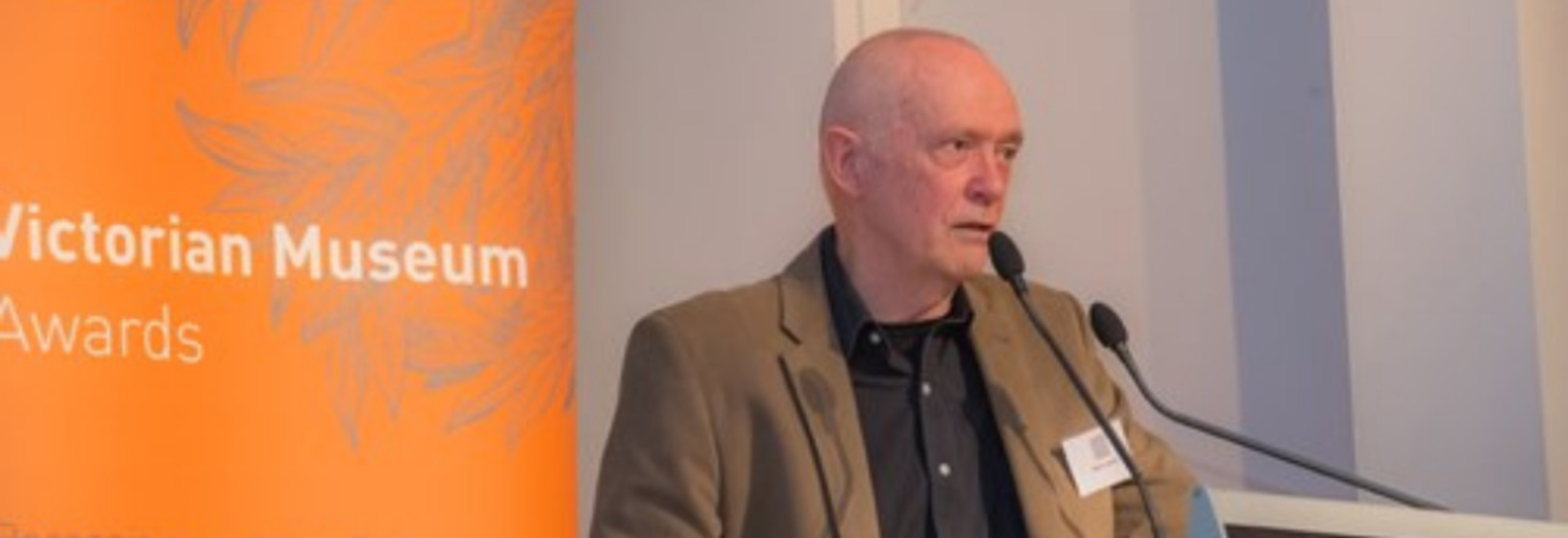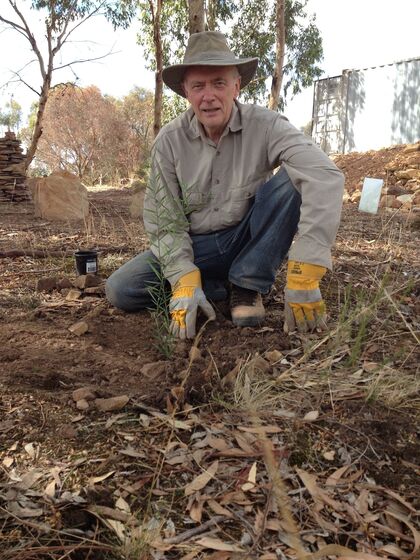During his 40 year career (much of it at Museum Victoria), Martin witnessed enormous shifts in our cultural landscape. His response was to champion change and to take calculated risks. This drive for stepping on the front foot into the future was coupled with experience and foresight that spanned technical processes and a deep commitment to do work of benefit to the broader community.
Four areas in which Martin played an extensive role were:
Entering the Digital: In the 1970s whilst at Museum Victoria, Martin began exploring computer technology for the management of collection data. Along with colleagues, he started inputting data from punched paper tape and Hollerith cards into digital formats. This process transformed the Museum's collection records and contributed to development of the commercial software package, KE EMu, which is now used across the world in hundreds of cultural institutions, including the British Museum and the Smithsonian.
Promoting the Victorian Sector: In 1980-82 Martin was President of the Victorian Branch of the Museums Association of Australia. During this time he helped organise Victoria’s first Museum of the Year Awards. The awards helped persuade Minister Norman Lacey to fund the Victorian Branch of the Museums Association of Australia, now Museums Australia (Victoria). This funding has assisted the Victorian Branch to become the most active in Australia.
Preserving Material Heritage: In the 1990s Martin championed the purchase and refitting of an industrial warehouse in Moreland to become an external storage repository for Museum Victoria’s collection. The solution proved to be remarkably cost effective and allowed Museum staff to access items that had been inaccessible, sometimes for over a century. Martin continued to champion strategic storage solutions and facilitated the State Government’s purchase of land in Spotswood for a solution across several State Collections. A Feasibility Study for development of the site will commence shortly.
Collaboration and the Distributed Collection: in the 2000s, the increasing options for public online access to collections informed Martin’s understanding of our heritage as a distributed collection. His work on the Victorian Cultural Network (VCN) instigated a collaborative environment to solve digital challenges facing our State-owned creative organisations both back and front of house. The Network considered solutions across the GLAM sector and has led to increased connections and resource-sharing between Victoria’s creative agencies.
Story and Community: The VCN also produced Culture Victoria, which reflects Martin’s commitment to storytelling as a powerful engagement tool for collections. Culture Victoria has gone on to win various prizes for digital production. Martin also championed the Victorian Collections project, which has made thousands of collection items accessible and transformed our understanding of material heritage held in community collections.
These various achievements are a great reminder of how much impact a single person can make and how a collaborative approach coupled with vision and commitment work to make cumulative, positive, difference.



